Conquering ‘blank page’ syndrome
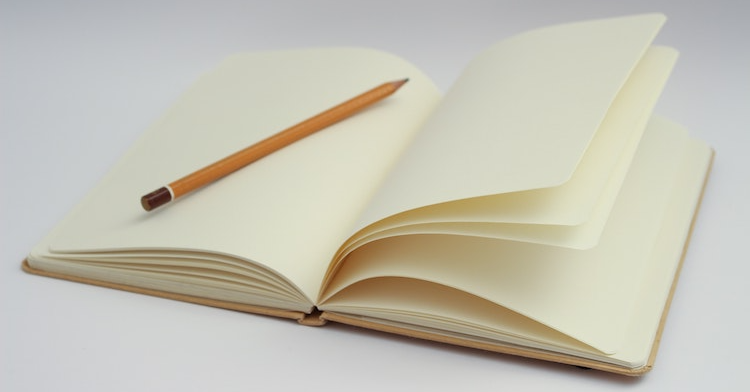
You have a ‘heart and soul’ passion for textiles. You long to develop your own visual vocabulary using the stitch techniques you love. You know deep down that you have the potential to express something unique and meaningful through the medium.
And yet you find yourself staring hopelessly at a blank page of a sketchbook. Praying for a glimpse of inspiration. Wishing the muse would appear and make those first few marks.
Or maybe you’ve got the opposite problem? Hundreds of pages of indecipherable notes and drawings. No way of deciding which idea to pursue. No discernible path forward.
Either way, you’re in good company. Most creative people have struggled with exactly the same issues at some point. In this article five celebrated practitioners share their insights into how they conquer those feelings of ‘artistic paralysis’ and get started on a new project.
Contributions from:
- Chair of the 62 Group of Textile Artists, Sue Stone
- Founder and current president of the Ibero-American Textile Network, Paulina Ortiz
- Member of the Society of Designer Craftsmen, Dee Thomas
- Dutch textile artist, Meta Heemskerk
- Member of the Reveal group, Judy Merchant
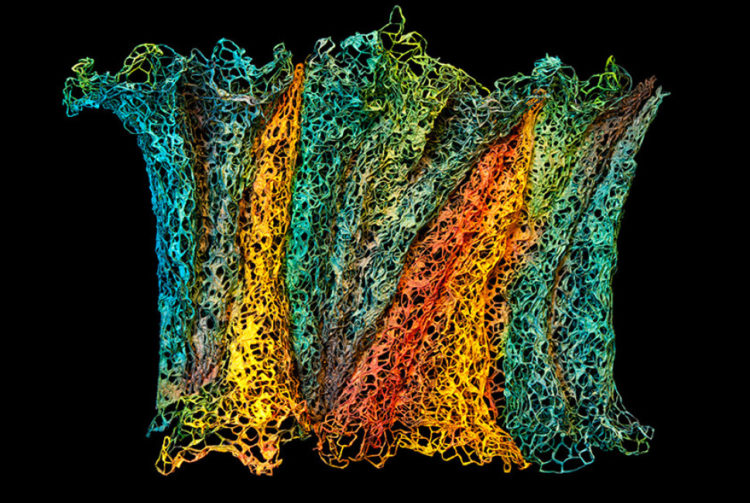
Paulina Ortiz: Del EXT – al INT
Pre-creativity
Sue Stone: Think ahead
Thoughts about new work can emerge from the strangest places at the most unexpected times. I always carry a notebook and write down my ideas the moment they occur.
Sometimes it may be a long time before an idea is used or it may not be used at all. But developing this habit of constantly recording ideas without judgement provides me with a reference pool of possible concepts and means I rarely suffer from lack of inspiration.
Paulina Ortiz: Clear the decks
When I create a work of art, I always do it in some time or space that moves me emotionally and sensorily. The making process for me is a spiritual refuge. So I try to have most of my pending tasks resolved in order to free myself from them mentally as much as possible.
In addition, I turn off the computer and the phone maintaining communication solely with my family, converting this process practically into a retreat.
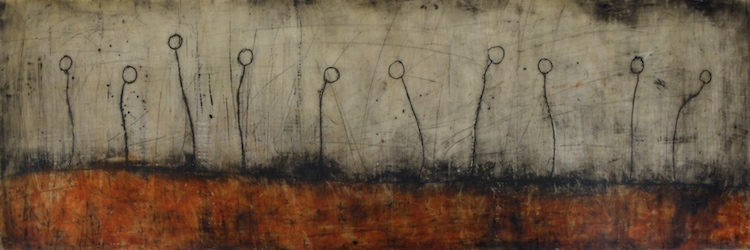
Meta Heemskerk: Encaustic etching
Possible starting points
Dee Thomas: Find a theme
I have never lost my initial excitement at starting a new project. I enjoy the discipline of working on a piece or series of pieces with a designated theme. A theme can provide a powerful starting point for seeking out a personal direction. It may be as seemingly vague as a single obscure word. Or perhaps it’s a certain place or person.
Without the guiding light of a theme and a deadline (often imposed by a group) my work tends to stay unfinished. I procrastinate and become a butterfly jumping between ideas.
Meta Heemskerk: Start with previous work
I often use old pieces as a starting point for new work. I ask myself how can ‘this’ inform ‘that’? How can I develop this idea or technique? For example, when I was compelled to make a piece inspired by water, I looked to several stitched samples I’d made previously based on water patterns. I turned photos of these samples into black and white images of which I made Thermofax screens. These could then be used for a new series of work.
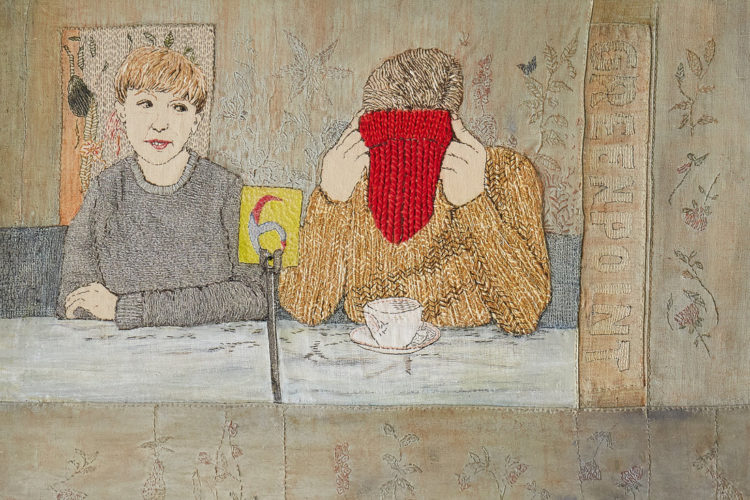
Sue Stone: From Grimsby to Greenpoint and Beyond (Detail)
Research and development
Dee Thomas: Nurture the idea
Equipped with a sketchbook and camera I visit an appropriate location connected to my theme and make numerous notes; I have no idea at this stage how the piece will develop.
I record thoughts and feelings about the environment.
My current work is an intuitive response to landscape so notes might refer to the subtle hues of the coastline or the dark and coppery colours found in the woodland near my home. I might record responses to the sound of seashells crunching underfoot, the sharp feeling of the wind in my face or the smell of the sea. The weather, light and season are constantly changing so the notes are a way to capture a glimpse of the place at that time.
I am also drawn to detail and worn surfaces; I have a large collection of photographs showing imperfections in surfaces, such as areas of rust on metal.
Sue Stone: Clarify the concept
Once I have selected an idea to pursue I generally make further notes. These may reference where I will look for images, the story I want to tell or what I want the viewer to discover for themselves.
Next I gather images to inform the work.
The concept and feel of the piece need to be clear to me before starting.
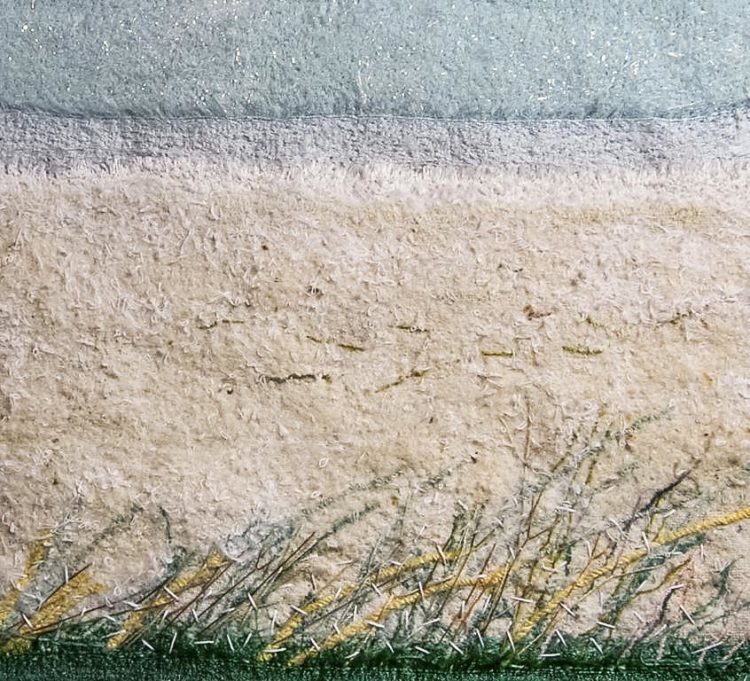
Dee Thomas: Textile art
Making the first marks
Sue Stone: Play with your techniques and materials
Prior to making the piece itself, I experiment with hand embroidery and mixed media techniques so I can discover how I’d like to express a certain idea in an abstract way or emulate an element of a specific image in a more representational way. I do this by creating small stitched samples.
I often find it useful to set myself certain limitations at this stage so the experimentation phase isn’t overwhelming. I might use just one simple hand stitch technique (running stitch for example) but play with different weights and colours of threads or various ways of spacing and layering stitches. Or I may decide on a restricted colour pallette.
By comparing and evaluating possible pathways for the piece I can begin to make decisions. However I don’t set anything in stone at this point because I want the making process of the piece itself to be fluid and somewhat organic.
Dee Thomas: Develop the theme
My sketchbook encompasses all the source information I need but when it comes to developing the ideas I prefer to work on individual sheets of paper.
Back at home I will play around with the images captured in my photographs and usually begin by making a fairly realistic recreation of a photo in a sketch. I’ll then extract the most appealing details and work out a colourway relevant to the location.
There is often an overload of inspiration at this point and learning to recognise which response is the most usable can be difficult. I often make several false starts and tend to jump between ideas. But having gathered suitable fabrics, I find that making lots of samples to develop my ideas can refocus the process. I love this stage.
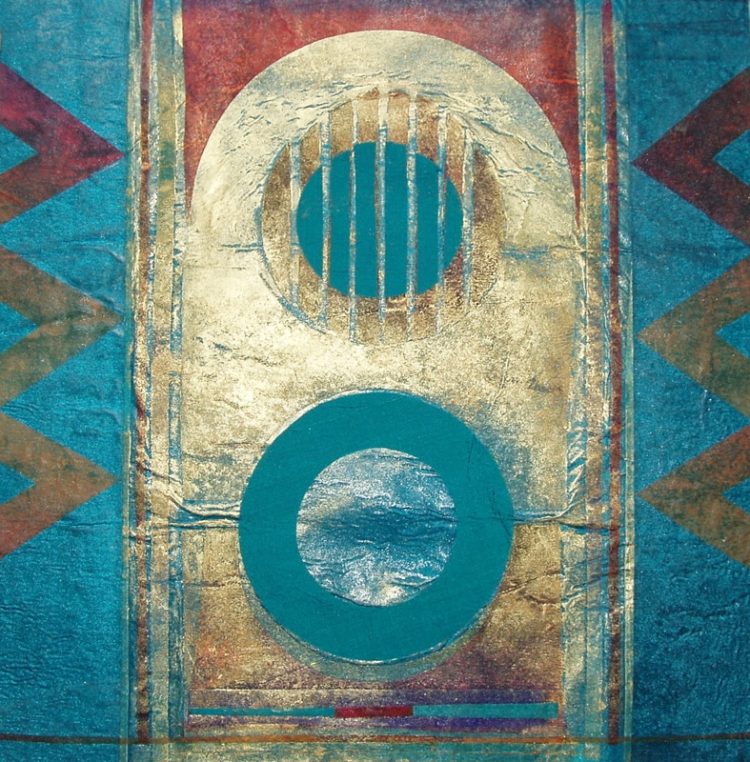
Judy Merchant: Textile art
Time to begin…
Sue Stone: Plan
Finally, before beginning on the actual piece itself, I put together the basic composition either on the computer or in a sketchbook. Once the composition and size has been decided I make a simple full sized guide, usually just a simple line drawing, of what will go where.
Once again I may set some self-imposed rules, but I’m always open to breaking them as a piece evolves.
Judy Merchant: Make choices and accept false starts
I am inclined to compile too many ideas which can lead to overload and confusion. When this happens, it’s essential to make strong, sometimes difficult, choices. I try to simplify by following a particular, specific focus; this of course can lead to further challenges as ideas come to a dead end. I know from experience the importance of accepting that trial and error, no matter how frustrating it can be, is essential.
Being open to little accidents or unexpected events in the making of a piece, accepting and responding to them in the moment, rather than clinging on steadfastly to a preconceived notion, can help develop a flow in the creative process. That’s when the work begins to take on a life of its own as if there is an ever-evolving dialogue with the materials.
Do you have your own tricks and tips for getting started on a new piece of textile art? Share them in the comments section below. We’d love to hear from you!
















This was an excellent articl. I hope that you will offer more articles on getting started and how artists start their work. I find it easier to make a full size collages mock up rather than using a sketch book.
Great tips!!!
This is such a terrific article. I keep telling myself I need to loosen up and the ideas will come but then I just get stuck right there. I love the notebook idea and I carry one with me but then I panic or my inner head stops me from using it. It’s that inner head. I love hearing how others take that next step and pull that notebook out. Thank you.
Excellent article! I am definitely stuck at the loosening up stage! There are so many ideas running around my head like Speedy Gonzales that I cannot keep up. I know exactly what I would like to do one day but then the next day it has changed! I suppose I am scared of making a mess of things and wasting materials/fabrics etc. Fear is my nemesis and the n paralysis sets in. The critic monster has arrived and refuses to leave. So trying to quiet that monster is becoming more and more difficult. So how to reduce the influence of the above…